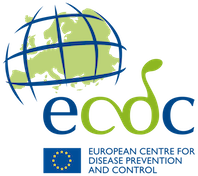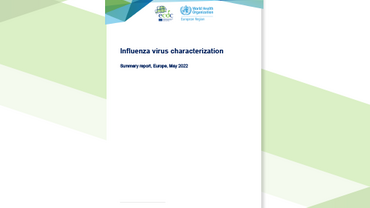Influenza virus characterisation, February 2014
Take our survey
Share your feedback in our short survey and help us improve publications at ECDC. Your input is valuable!
During the 2013–14 season A(H1N1)pdm09, A(H3N2) and B/Victoria- and B/Yamagata-lineage influenza viruses have been detected in ECDC-affiliated countries.
Executive Summary
The relative prevalence has varied between countries. Of the viruses received by the WHO Collaborating Centre in London:
- Type A and type B viruses have been received in the ratio 12:1.
- A(H3N2) and A(H1N1)pdm09 viruses have been received in similar numbers.
- Recently circulating H1N1pdm09 viruses belonged to genetic subgroups 6B and 6C, with viruses in genetic subgroup 6B predominating. Viruses in subgroups 6B and 6C are antigenically similar to the vaccine virus, A/California/07/2009.
- Recently circulating A(H3N2) viruses have fallen within genetic group 3C represented by the recommended vaccine virus for the 2013–14 and 2014–15 seasons, A/Texas/50/2012. Antigenic analysis using antisera raised against cell-propagated H3N2 viruses indicates that the circulating viruses are antigenically similar to those in circulation in the 2012–13 influenza season.
- Two genetic clades of B/Yamagata-lineage viruses continue to circulate: clade 3 represented by B/Wisconsin/1/2010 and clade 2 represented by B/Massachusetts/2/2012 (the recommended vaccine component for the 2013–14 and 2014–15 influenza seasons). Viruses in each clade have been received in similar numbers.
- Few B/Victoria-lineage viruses have been received, and phylogenetic analysis revealed that all were in genetic clade 1A. Antigenically the viruses were similar to the prototype virus B/Brisbane/60/2008 and viruses genetically similar to this prototype virus. B/Brisbane/60/2008 has been recommended by WHO as an additional component in quadrivalent influenza vaccines for 2013–14 and 2014–15 influenza seasons.
Download
Influenza virus characterisation, February 2014
- EN - [PDF-4.48 MB]





